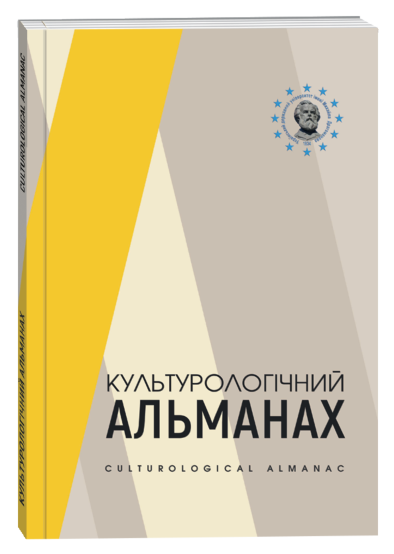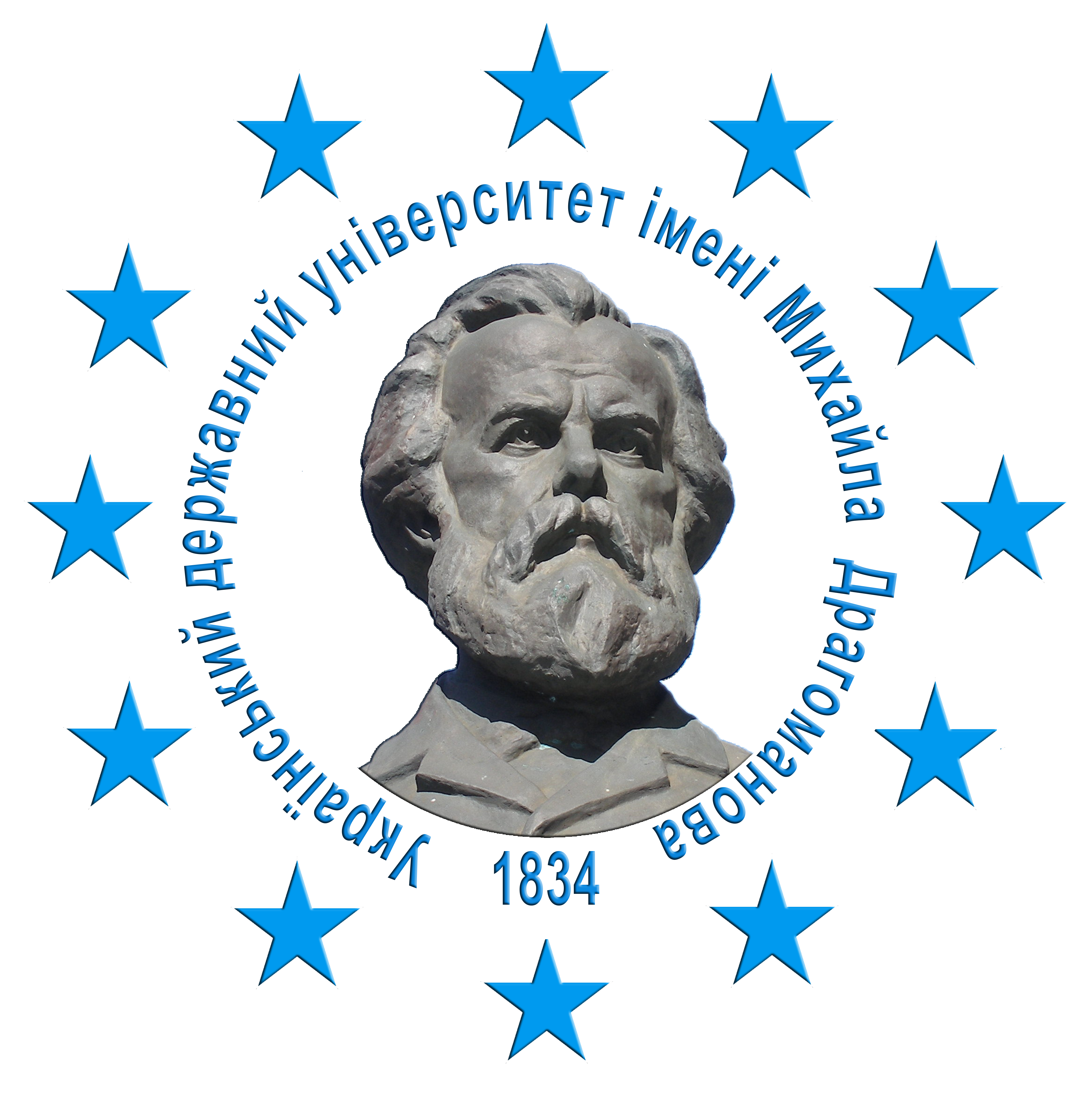REMAKE IN CONVERGENT MEDIA
DOI:
https://doi.org/10.31392/cult.alm.2025.1.55Keywords:
cinema, film, mass communication, popular culture, remake, media franchiseAbstract
The article explores the convergent environment of cinema as a synthetic art form and mass communication medium, analyzes the prerequisites for the emergence of popular culture through the development of media. The influence of cinema as an industrial practice on the essential changes in culture in general is revealed. It is determined that cinema is not only an industrial practice of creating films, but also a carrier and conductor of meanings in the aesthetic and socio-cultural dimensions that can deeply influence society, changing and shaping its moral and ethical principles, norms and values.Cinema, which is both an art form and a mass communication medium due to its specificity, acts as a tool for realizing various goals and shaping the values and needs of the audience. With the development of digital technologies and the transition of art to the digital dimension, certain long-term projects on the verge of industrial and cultural practice, called media franchises, are emerging, supported by the transformative strategy of remaking. Remake as a general transformative strategy performs an integrative function, connecting all the links of a media franchise with each other, developing them independently. A film, becoming part of a media franchise, reflects the characteristic features inherent in the media and becomes a carrier of certain messages and images that directly or indirectly shape the ethical and moral principles of the audience. Cinema, as a synthetic audiovisual art form and a means of communication, has an extraordinary impact on the audience in the context of its functioning in a technocentric society, exerting a soft influence and transforming the values and stereotypes of world perception established for a particular society, which leads to a change in the socio-cultural reality and cultural paradigm of a particular society.
References
Безручко, О. (2018). Два маловідомі міжнародні кінопроекти українських кінематографістів. Studia Ucrainica Varsoviensia, 6, 305–320. DOI: https://doi.org/10.5604/01.3001.0011.7967
Русаков, С., Бєдін, А. (2023). Цифрова екосистема в сучасному мистецтві. Digital Transformations in Culture : scientific monograph. Riga, Latvija : Baltija Publishing, 34–48. DOI https://doi.org/10.30525/978-9934-26-319-4-3
Русаков, С., Шевченко, Н. (2023). Ремейк в середовищі нових медіа. Cultural and Artistic Practices: World and Ukrainian Context : scientific monograph. Riga, Latvija : Baltija Publishing, 468–484. DOI: https://doi. org/10.30525/978-9934-26-322-4-21
Шевченко, Н. (2024). Ремейк у цифрову епоху. Трансформація людини і особистості. Українська культура: минуле, сучасне, шляхи розвитку: наук. зб. РДГУ. 2024. Вип. 49. С. 445–450. DOI: https://doi.org/10.35619/ucpmk. vi49.895
Аdorno, T., Horkheimer, M. (2002). Dialeсtic of Enlightenment: Philosophical Fragments. Redwood, CA : Stanford University Press. 305 p.
Barthes, R. (1991). The Third Meaning / The Responcibility of FOrms: Critical Essays on Music, Art, and Representa- tion. Berkeley, CA : University of California Press. 320 p.
Bazin, A. (1967). What is Cinema? Berkeley: University of California Press. 183 p.
Castells, M. (1996). The Rise of the Network Society. Hoboken, NJ : Wiley-Blackwell. 481 p.
Deleuse, G. (1986). Cinema 1: The Movement-Image. MN, USA : University of Minnesota Press. 264 p.
Gladwell, M. (2002). The Tipping Point: How Little Things Can Make a Big Difference. New York : Bach Bay Books. 301 p.
Krakauer, S. (2004). From Caligari to Hitler. NJ, USA : Princeton University Press. 432 p.
McLuhan, M., Fiore, Q. (2001). The Medium is the Massage. Berkeley : Ginkgo Press. 160 p.
McLuhan, M., Lapham, L. (1994). Understanding Media: The Extensions of Man. Cambridge, MA : The MIT Press. 389 p.
Prokop, D. (1982). Soziologie des Films. Frankfurt am Main : Fischer Taschenbuch Verlag. 374 р.
Rusakov, S. (2015). Modern Television Series as a Phenomenon of Popular Culture. Studia Warminskie, (52), 85–94.








